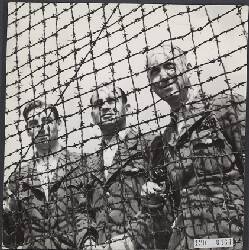The Women that No One Wanted to See: The Duality of the Women within the Holocaust
Abstract: This paper is a brief historiography of the complexities of unraveling how gender constructs inform how society perceives both female perpetrators of the Third Reich and victims of sexual assault during the Holocaust. The women within these categories experienced vastly different power dynamics from 1939-1945 with the implementation of anti-Semitic ideology that would go on to forge the genocidal policies of the Nazi State. Seemingly, Aryan and Jewish women had no traits that linked them besides their biological sex, and this one factor determined how their experiences would translate within the male-centered discourse of the Holocaust. The framework of Holocaust studies has failed to address how to incorporate women without seeking to further align them into a separate sphere of the female-gendered perspective, which has chosen to view the role of women through the lens of victimhood regardless of whether they were Aryan or Jew. The failure to incorporate gender analysis as a necessary means of analysis has also served to sever the ways in which sexual violence during the Holocaust was an incomparable commonality that affected both men and women, yet relegated them to separate spheres of silence and visibility.
- Valerie Cabezas-Iacono
- IHLIA LGBTI Heritage
- scripties
- dgb grijs (cabes/wom)
- jongens
- seksueel geweld
- vrouwen
- shoah
- nazisme
- mannen
- verkrachting
- concentratiekampen
- duitsland
- tweede wereldoorlog
Bij bronnen vindt u soms teksten met termen die we tegenwoordig niet meer zouden gebruiken, omdat ze als kwetsend of uitsluitend worden ervaren.Lees meer











